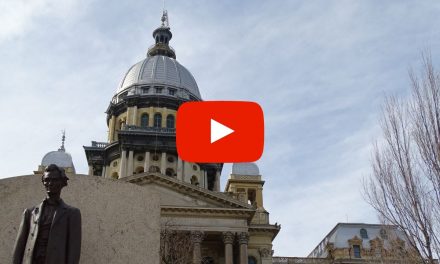
How the Coronavirus (SARS- COV-2) infects human cells

The novel Coronavirus called SARS-CoV-2 that emerged in late 2019 enters cells by binding to an enzyme called “angiotensin-converting enzyme-2” (ACE2). I have noticed that this enzyme is referred to by many as the “ACE2 receptor.” You should understand that ACE2 is NOT a receptor, it is an enzyme. The primary function of ACE2 is to convert a pro-inflammatory substance called angiotensin II into anti-inflammatory angiotensin-(1-7). ACE2 was discovered around the year 2000, which is why it is not a well-known enzyme (1).
Angiotensin II increases blood pressure and also promotes inflammation and lung damage, which is counteracted by angiotensin-(1-7), which means we need to produce an adequate amount of angiotensin-(1-7) to balance the effects of angiotensin II. This does occur in healthy people, in which a balance is struck between angiotensin II and angiotensin-(1-7) by the actions of ACE2. Unfortunately, variable degrees of ACE2 deficiency are found in the elderly population, as well as in people with diabetes, hypertension, and heart disease. These are the same people at a greater risk for a poor outcome if infected by SARS-CoV-2 (2).
It should be understood that diabetes, hypertension and heart disease almost always share a common problem, that being elevated blood glucose levels. The metabolic syndrome is a hyperglycemic state (high blood glucose levels), which leads to the development of diabetes, hypertension, heart disease, and most other chronic diseases.
Glycosylation
Too much glucose in circulation leads to a process called glycosylation, wherein proteins become “sugar-coated.” You may have heard of hemoglobin A1c, which is also referred to as glycosylated hemoglobin. Practically speaking this means that hemoglobin in red blood cells gets “sugar-coated.” Hemoglobin A1c is the most common measure of glycosylated protein. It turns out that ACE2 can also become glycosylated, which appears to increase the ability of SARS-CoV-2 to infect lung cells (3).
Once a lung cell is infected by SARS-CoV-2, there is a further reduction of ACE2 activity, which further magnifies the imbalance between lung damaging angiotensin II and lung protective angiotensin-(1-7). This helps to explain why people with hyperglycemia (diabetes, hypertension, and heart disease) are at a greater risk for developing a severe case of COVID-19 (1,2). The Coronavirus more easily gains access to lung cells due to the glycosylation of ACE2, and once infected there is a greater reduction in ACE2 activity, which enhances the pro-inflammatory imbalance between angiotensin II and angiotensin-(1-7). I created a video to illustrate how this process works (4).
Vitamin D also has an effect on ACE2. It turns out that vitamin D enhances the expression of ACE2 (5). This means that vitamin D exerts many effects that are beneficial against viral infections, including inflammation reduction and the production of anti-microbial peptides (cathelicidins and defensins) (5).
References
1. Donoghue M, Hsieh F, Baronas E, et al. A novel angiotensin-converting enzyme-related carboxypeptidase (ACE2) converts angiotensin I to angiotensin 1-9. Circ Res. 2000;87:E1–E9.
2. Verdecchia P, Cavallini C, Spanevello A, Angeli F. The pivotal link between ACE2 deficiency and SARS-CoV-2 infection. Eur J Intern Med. 2020; April 20. [Epub ahead of print]
3. Ceriello A. Hyperglycemia and the worse prognosis of COVID-19. Why a fast blood glucose control should be mandatory. Diabetes Res Clin Pract. 2020;163. Available online April 29, 2020.
4. ACE2 receptor: how the Coronavirus enters human cells. DeFlame Nutrition YouTube channel. https://www.youtube.com/watch?v=-2Dm6avS788
5. Gombart AF. The vitamin D-antimicrobial peptide pathway and its role in protection against infection. Future Microbiol. 2009;4:1151.

















